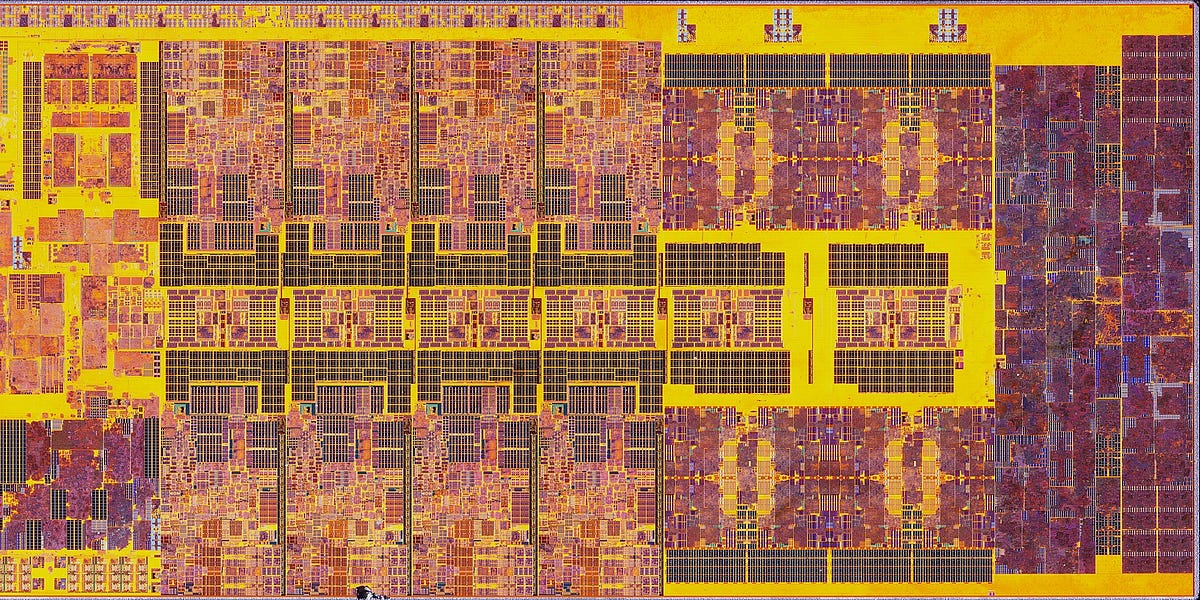Deep learning for early warning signals of tipping points
Early warning signals (EWS) of tipping points are vital to anticipate system collapse or other sudden shifts. However, existing generic early warning indicators designed to work across all systems do not provide information on the state that lies beyond the tipping point. Our results show how deep learning algorithms (artificial intelligence) can provide EWS of tipping points in real-world systems. The algorithm predicts certain qualitative aspects of the new state, and is also more sensitive and generates fewer false positives than generic indicators. We use theory about system behavior near tipping points so that the algorithm does not require data from the study system but instead learns from a universe of possible models. Thermoacoustic data and machine learning and training set code have been deposited in GitHub (<https://github.com/ThomasMBury/deep-early-warnings-pnas>). The geochemical data ([46][1]) are available at the PANGAEA repository (<https://doi.pangaea.de/10.1594/PANGAEA.923197>). The paleoclimate data ([47][2]) are available from the World Data Center for Paleoclimatology, National Geophysical Data Center, Boulder, Colorado (<http://www.ncdc.noaa.gov/paleo/data.html>). [1]: #ref-46 [2]: #ref-47




















